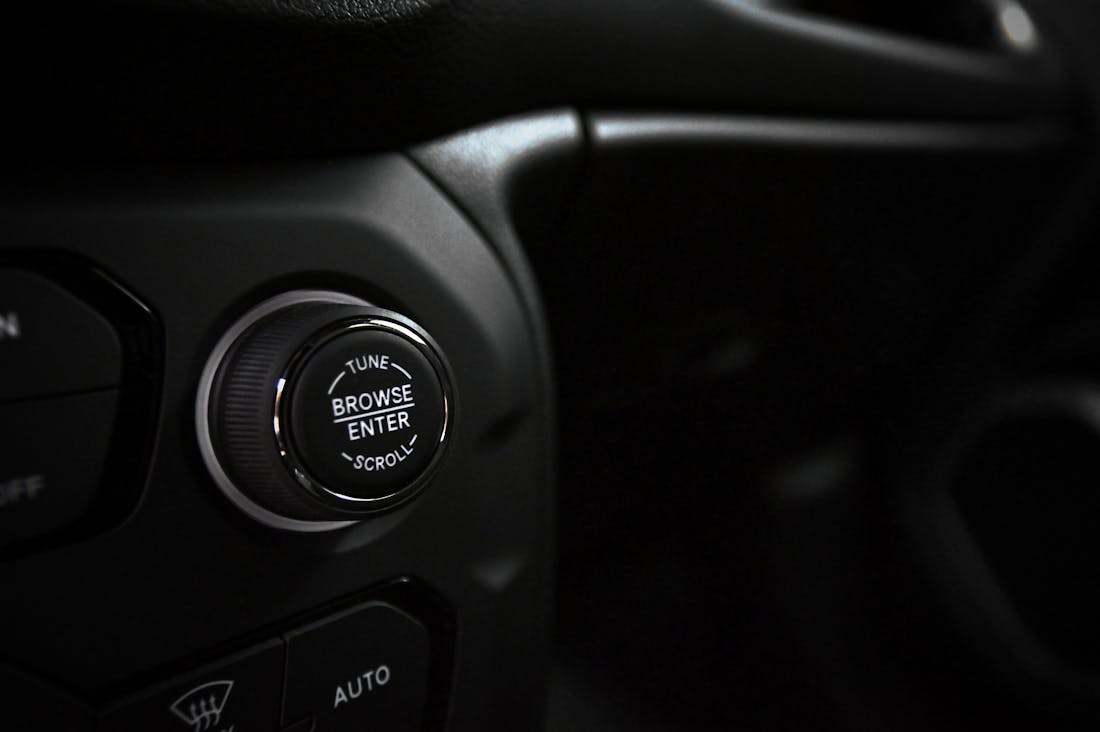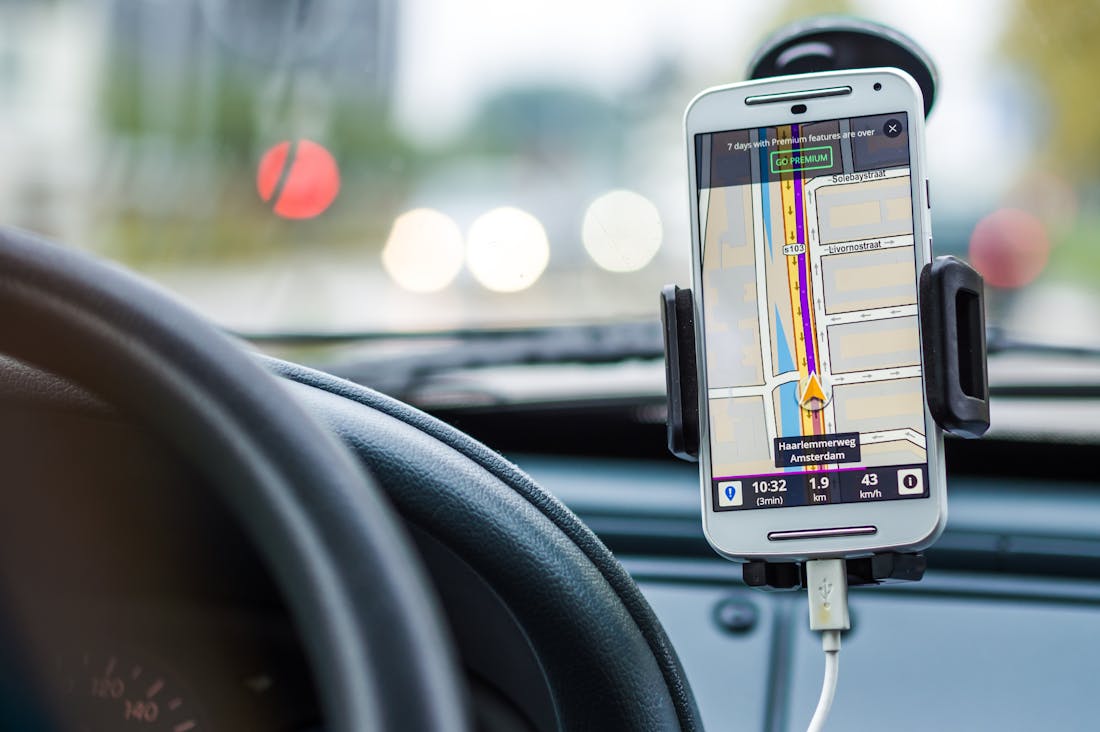As we accelerate into an era defined by rapid technological evolution, the automotive industry stands on the brink of transformative change. From autonomous vehicles to electric powertrains and advanced connectivity solutions, innovations are reshaping how we perceive mobility. This exploration delves into groundbreaking advancements that promise to redefine our driving experience and shape the future of transportation. Join us as we uncover the key trends and emerging technologies poised to revolutionize how cars are designed, produced, and experienced, igniting discussions about sustainability, safety, and connectivity in our daily lives. Welcome to the future of automotive tech.

Emerging Technologies in the Automotive World
Emerging technologies in the automotive world are revolutionizing how we conceive transportation, with innovations poised to reshape our roads and lifestyles. Electric and hybrid vehicles are progressively replacing traditional combustion engines, driven by advancements in battery technology that enhance efficiency and reduce charging times. Autonomous driving systems, using artificial intelligence and machine learning, are making self-driving cars a tangible reality, promising to improve road safety and reduce traffic congestion. Additionally, vehicle-to-everything (V2X) communication technology is enabling cars to interact with their surroundings, enhancing navigation and operational efficiency. Meanwhile, sustainable materials and manufacturing processes are gaining traction, supporting greener production practices. Collectively, these trends are paving the way for a smarter, more sustainable automotive future.

The Shift Toward Electric and Autonomous Vehicles
The shift towards electric and autonomous vehicles represents a significant transformation in the automotive industry, driven by advancements in technology, environmental concerns, and changing consumer preferences. Electric vehicles (EVs) are gaining traction due to their lower carbon emissions, reduced reliance on fossil fuels, and advancements in battery technology that enhance range and efficiency. Simultaneously, the development of autonomous vehicles is being propelled by innovations in artificial intelligence, machine learning, and sensor technologies, promising safer and more efficient transportation. This convergence not only aims to reduce urban congestion and enhance mobility but also addresses global challenges like climate change and oil dependency, paving the way for smarter, cleaner cities. Automakers are investing heavily in research and development to lead in this new era, while governments are implementing policies to support infrastructure development, including charging stations and regulatory frameworks, to facilitate this transformative journey toward a sustainable and autonomous future.

Rethinking Mobility: The Role of Tech in Transportation
Rethinking mobility in the context of modern transportation involves a profound transformation driven by technology. Innovations such as electric vehicles, ridesharing apps, and autonomous systems are reshaping how we navigate urban landscapes. Enhanced connectivity through the Internet of Things (IoT) allows for real-time data sharing, facilitating smarter traffic management and reducing congestion. Moreover, sustainable solutions like shared mobility and micro-mobility options—such as e-scooters and bicycles—offer environmentally friendly alternatives to traditional commuting methods. As cities increasingly adopt smart infrastructure, the integration of artificial intelligence and machine learning into transportation systems promises not only efficiency but also improved safety. Ultimately, technology plays a pivotal role in envisioning a future where mobility is more accessible, equitable, and sustainable for all.
The Role of Artificial Intelligence in Automotive Innovation
Artificial intelligence (AI) is playing a crucial role in reshaping the automotive landscape, especially within the realms of autonomous driving and predictive maintenance. By employing complex algorithms and deep learning techniques, AI systems can analyze vast datasets from sensors and cameras to make real-time driving decisions. This capability not only enhances the safety of autonomous vehicles but also optimizes traffic flow, drastically reducing congestion. Furthermore, AI is utilized in predictive maintenance, allowing vehicles to foresee potential mechanical issues before they become problematic, thereby minimizing downtime and enhancing overall vehicle reliability. As AI continues to evolve, its integration into automotive technology promises a smarter, more responsive driving experience.
Sustainability and Circular Economy in Automotive Design
Sustainability is becoming a central theme in automotive design, with manufacturers increasingly adopting a circular economy approach. This strategy emphasizes the importance of reusing materials, reducing waste, and enhancing recyclability throughout the vehicle's life cycle. Automakers are exploring bio-based materials and advanced composites that not only lighten vehicles but also lessen environmental impact. Additionally, the shift towards modular design allows for easier upgrades and repairs, prolonging the vehicle's lifespan. By implementing sustainable practices in every aspect of production—from sourcing raw materials to end-of-life recycling—automakers are paving the way for a more environmentally conscious industry that meets consumers' demands for greener transportation solutions.
The Future of Mobility: Integrating Urban Planning with Technology
The future of mobility will rely heavily on the integration of urban planning and cutting-edge technology, creating environments conducive to both efficient transportation and sustainable living. Smart cities are emerging as a response to the challenges posed by urbanization and population growth, where technology-driven solutions aim to optimize transportation networks and reduce emissions. By incorporating data analytics and IoT devices, city planners can monitor traffic patterns, assess public transport utilization, and enhance pedestrian pathways. This synergy between technology and urban design not only facilitates smoother mobility but also enriches the quality of urban life, fostering communities that are more connected, sustainable, and resilient to future challenges.
AI-Assisted Content Disclaimer
This article was created with AI assistance and reviewed by a human for accuracy and clarity.